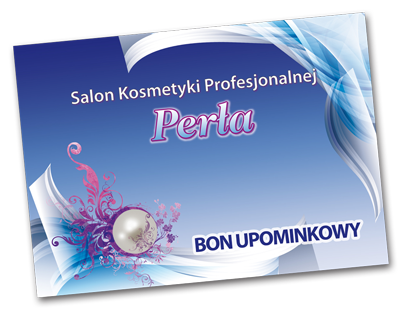Mincer Mikrodermabrazja - Nowoczesna Metoda Odmładzania Skóry w Salonie Hebe
Výsledky mikrodermabraze
Výsledky mikrodermabraze jsou efektivní, působí na pleť také velmi relaxačním účinkem, a proto, pokud budete tento zákrok podstupovat častěji, Vaše pleť by měla být hladší a pokud trpíte akné, po tomto zákroku by měly tyto problémy vymizet. Různé skvrny vzniklé od slunce, drobné jizvičky a jiné vady by měly být spolehlivě redukovány. Někdy je mikrodermabraze také doporučována jako léčebná metoda chronického akné. Pleť by měla být po proceduře odolnější vůči vnějším vlivům prostředí, které na ni denně působí a měla by zpomalit stárnutí. V podstatě jde o účinné, hloubkové vyčištění pleti.
Meat Mincer Tips
-Refrigerate the meat until you’re ready for it and never use frozen meat because it can damage your blade.
-When you are grinding meat, don’t overload the meat grinder. This can cause jams and overwork the motor.
-Keep the ground meat cold by placing a bowl of ice under your catch bowl.
-Place the internal components like the T link, screw pushing bar and blade in ice water before you use them. This will keep your meat cold and prevent it from sticking.
We provide a large selection of commercial meat mincers for professional and industrial purposes. Our mincer range has been selected with care to offer high-quality products at competitive prices.
We provide mincers for every type of budget, whether you need a small countertop mincer or a large, floor-standing version that can process large quantities of meat. We’ve made them all competitively priced, so they’re great for every budget.

Jak probíhá první schůzka s lékařem?
Při první konzultaci vám odborník položí otázky týkající se vašeho zdraví a anamnézy, aby se ujistil, že zákrok nemá žádné kontraindikace. Dále budou položeny otázky o účincích, kterých chcete dosáhnout, a o tom, co se vám na vaší pleti nelíbí, aby bylo možné určit, která řešení budou pro vás nejlepší, ještě před vyšetřením vaší pokožky.
Odborník vám podrobně vysvětlí všechny důležité aspekty: co je to ošetření mikrodermabrazí, kolik sezení bude potřeba, jak pečovat o pokožku mezi jednotlivými sezeními, jaké účinky můžete očekávat a jak byste měli pečovat o svou pleť.
Pokud se rozhodnete podstoupit ošetření, lékař vám pravděpodobně naplánuje první sezení během několika příštích dnů.
 U nas zapłacisz kartą
U nas zapłacisz kartą
